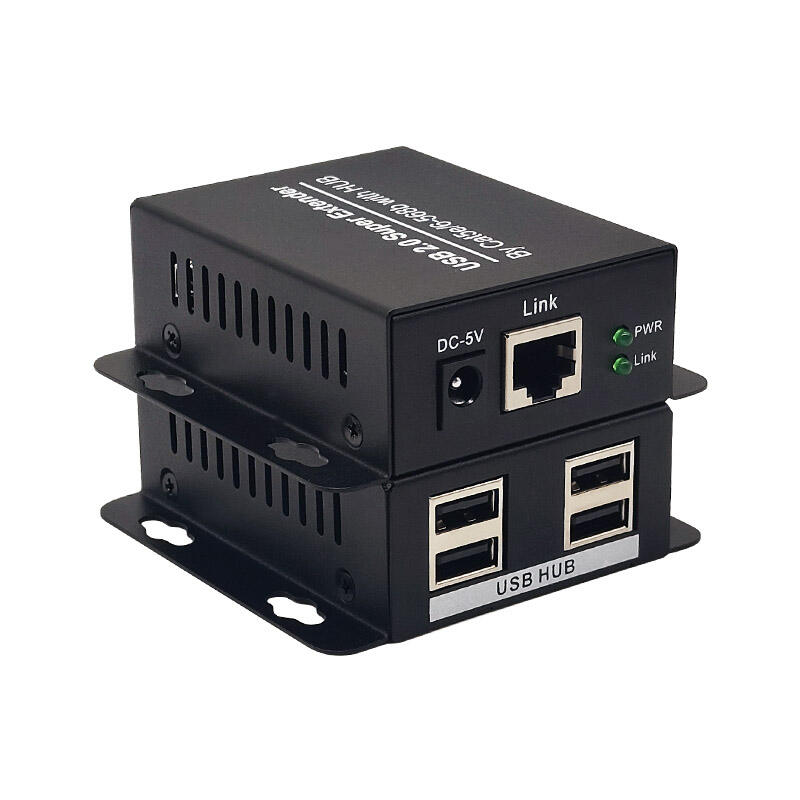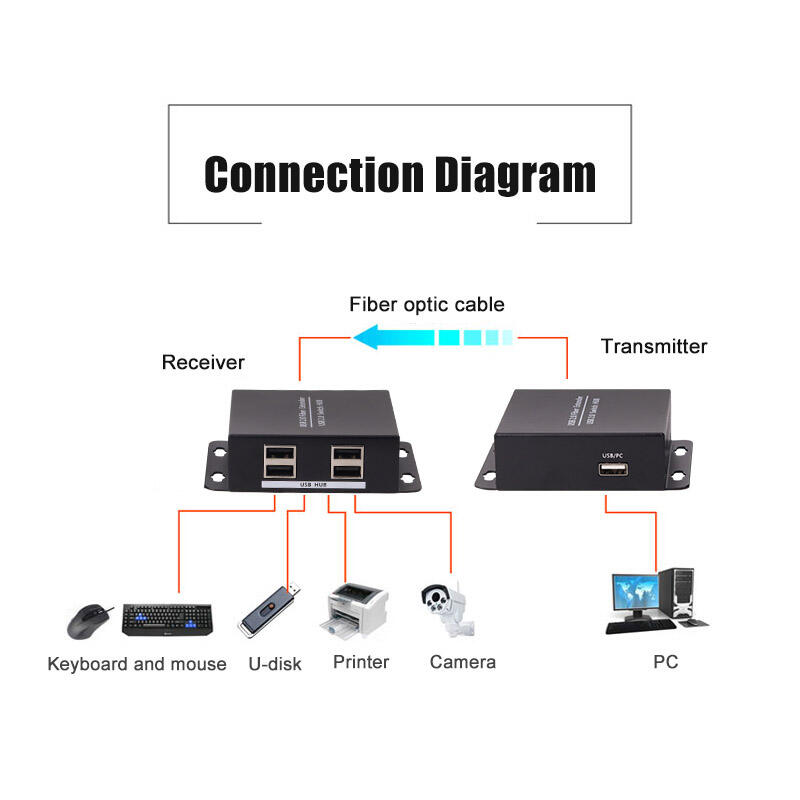
ממיר אופטי USB הוא מכשיר שמשתמש להמרת אותות USB לאותות אופטיים ושולח אותם דרך קבלים אופטיים.ßerdem, הם מאפשרים למכשירים עם פורטים USB לגשת לרשתות אופטיות. במקומות שבהם יש צורך בתקשורת של פריפריאלים עם Schnfaces USB על מרחבים גדולים ללא הפרעה, כמו בתעשיה או במרכזי נתונים גדולים, ניתן להשתמש בממירים אופטיים של USB. דמיין תצורה בבית מפעל. מצלמה תעשייתית מחוברת באמצעות USB יכולה להיות מחוברת דרך מערכת הבקרה האופטית באמצעות ממיר USB. זה מאפשר את העברת הנתונים למרחקים ארוכים ללא שימוש באותות USB בסביבות חשמליות רועשות שהן נפוצות במקומות תעשייתיים.
